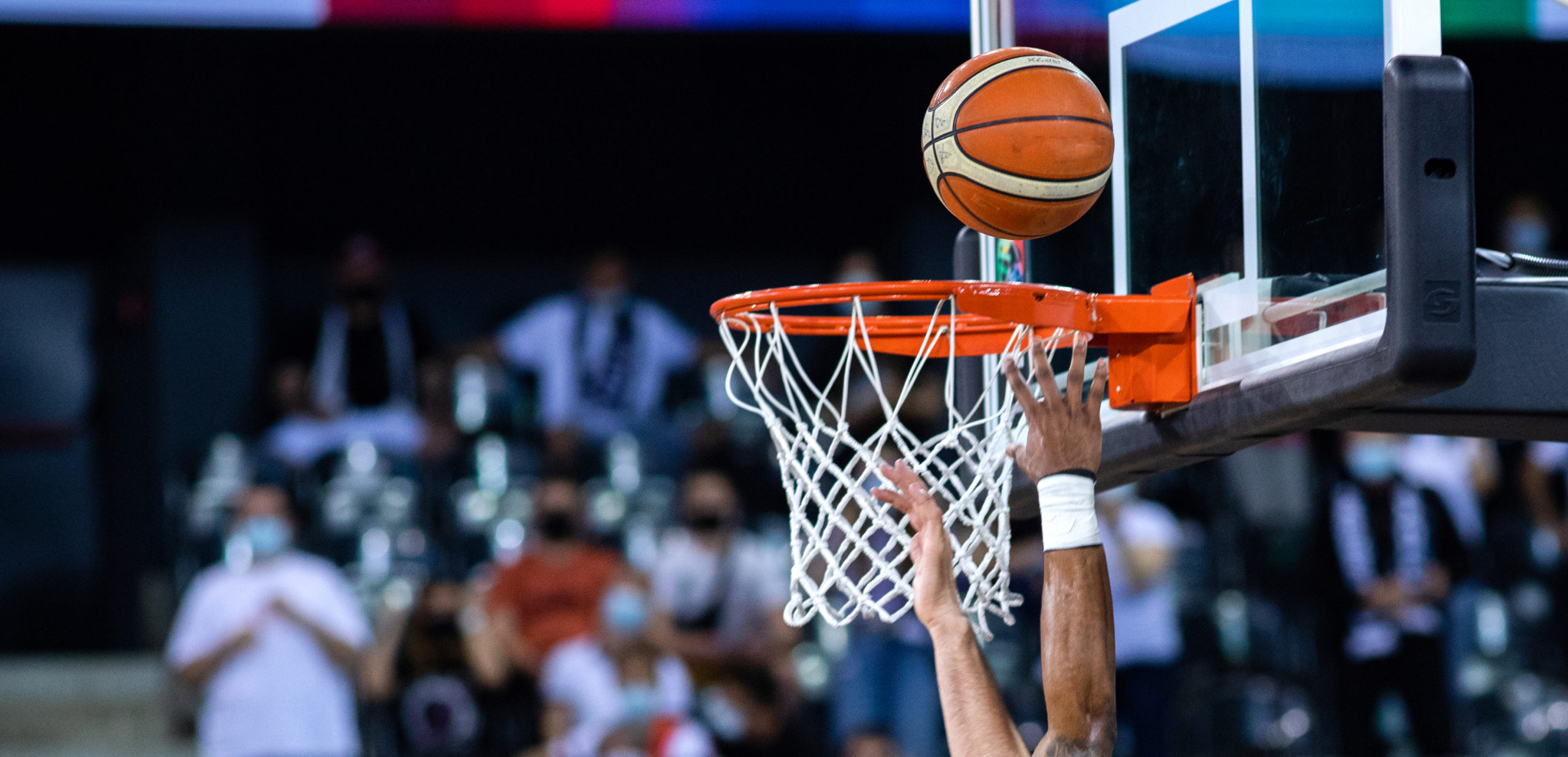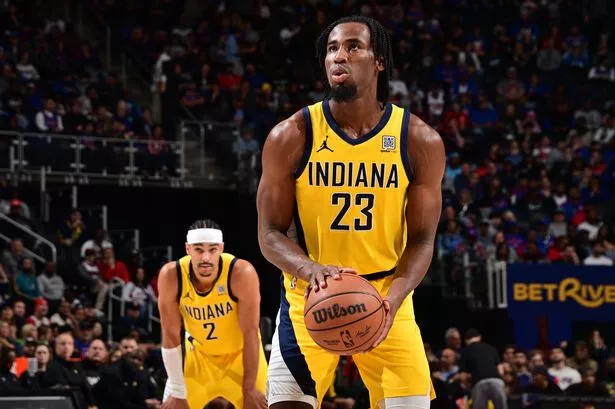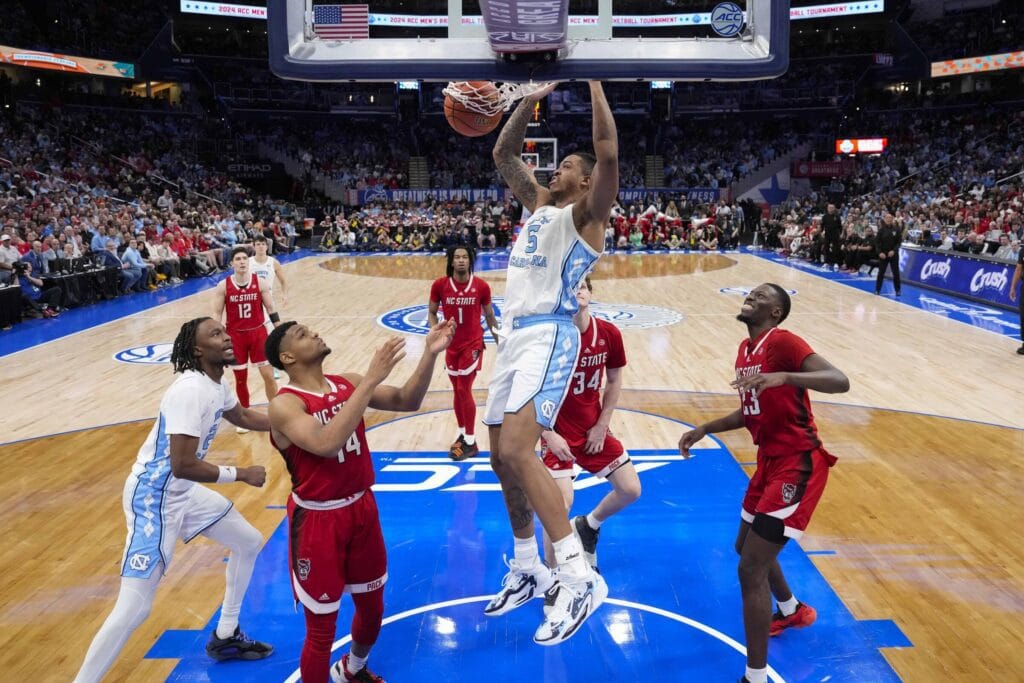Every year during March Madness, the debate reignites about whether big-time college athletics, particularly in revenue-generating sports like football and men’s basketball, can coexist with academics. Many believe that the intense demands of college sports compromise student-athletes academic success, with some going so far as to argue that athletics and academics are fundamentally incompatible. However, this assumption, while widely accepted, is largely incorrect.
A closer look at the data reveals a more nuanced story—one that shows student-athletes, especially in major sports, performing academically in ways that contradict the common narrative.
Understanding Graduation Rates: The Broader Context
One of the most frequently cited studies in this debate comes from the University of Central Florida’s Institute for Diversity and Ethics in Sport, which annually releases a report on the graduation rates of teams participating in the NCAA’s Division I men’s basketball tournament. This report paints a bleak picture, noting that only 30 of the 65 teams in a recent NCAA men’s basketball tournament managed to graduate at least 50% of their players within six years. It also highlights the concerning fact that no team graduated all of their athletes.
For instance, Holy Cross, a Patriot League champion, boasts the highest graduation rate among tournament teams, with an impressive 86%. Yet the overall numbers still seem troubling, particularly when the report focuses on African American athletes. The study found that seven teams had not graduated a single African American player over a three-year period, and the graduation rate for African American basketball players was 14 percentage points lower than that of white players (40% to 54%).
While these statistics raise red flags, they do not tell the whole story. To fully understand the relationship between academics and college athletics, we need to dig deeper into graduation rates, taking into account broader trends in higher education, especially among non-athletes.
Athletes vs. The General Student Population
The standard graduation rate for all U.S. college students is around 57%, regardless of whether they participate in athletics. While the graduation rate for Division I men’s basketball players is lower—coming in at about 44%—the difference between athletes and non-athletes is not as stark as one might expect. Given the level of scrutiny on college sports programs, one might assume the gap between athletes and the general student population is much wider. However, the data shows otherwise.
The situation becomes even more interesting when we examine the graduation rates of African American students. The overall graduation rate for African Americans in the general student body is just 36%, significantly lower than the national average for all students. However, among African American male basketball players, the graduation rate is higher than their non-athletic peers, challenging the assumption that athletics is the primary factor contributing to low academic performance.
When we move beyond basketball, the story changes further. In sports like football, the graduation rate for white male athletes is within 1% of the general student population. Even more impressively, African American male athletes graduate at rates more than 10% higher than African American non-athletes. This suggests that while basketball has its challenges, student-athletes in other sports are doing just as well, if not better, than their peers.
For female athletes, the picture is even brighter. Across nearly all sports, female athletes consistently graduate at higher rates than their non-athletic counterparts. This reflects the positive role that athletics can play in the lives of student-athletes, especially when it comes to academic performance.
The Limitations of Traditional Graduation Metrics
One of the challenges in assessing the academic success of student-athletes is the reliance on traditional graduation rates, which often do not tell the full story. The federal graduation rate, used in many of these studies, does not account for students who transfer to another institution and graduate elsewhere. Nor does it take into consideration athletes who leave school early to pursue professional careers, particularly in sports like basketball where the NBA draft is a significant draw for top talent.
These limitations have led the NCAA to develop an alternative metric known as the Graduation Success Rate (GSR). The GSR accounts for transfers and students who leave school while still in good academic standing, providing a more accurate picture of the academic outcomes of student-athletes.
By this measure, teams fare much better. The GSR for teams in a recent NCAA men’s basketball tournament was nearly 60%, a significant improvement over the traditional rate. While this figure may still seem low compared to the general student body, it reflects the unique challenges faced by student-athletes, many of whom balance rigorous academic workloads with demanding training schedules and game commitments.
More than half of the teams in the tournament had a GSR of at least 50% for African American players, and four schools—including Holy Cross—boasted a perfect GSR score of 100%. These numbers indicate that when we account for transfers and professional pursuits, student-athletes perform better academically than traditional graduation rates suggest.
Why Graduation Rates Aren’t the Whole Story
Although graduation rates hovering around 50% for elite basketball programs may raise concerns, they don’t necessarily indicate failure on the part of college athletic programs. Many of the challenges athletes face—such as financial strain, inadequate academic preparation in high school, and the pressures of balancing school with athletics—are not unique to student-athletes. They reflect broader societal issues that impact all students.
Additionally, student-athletes often receive opportunities that would otherwise be unavailable to them. For many, an athletic scholarship represents a chance to attend college that they might not have had without their athletic talents. Once on campus, they have access to academic support, tutoring, and other resources that can help them succeed both on the field and in the classroom.
It’s also important to recognize that the rigors of college athletics—including travel schedules, training demands, and the mental and physical strain of competing at a high level—place additional pressure on student-athletes. Despite these challenges, many manage to excel academically, and for those who don’t graduate within six years, there are often extenuating circumstances, such as the pursuit of a professional sports career.
The Role of Athletic Programs in Supporting Academic Success
Far from being a distraction from academics, college athletic programs often provide essential support systems that help student-athletes succeed. Many universities have academic centers dedicated specifically to student-athletes, offering tutoring services, study halls, and advising tailored to their unique schedules and needs.
For minority students in particular, these resources can make a significant difference. The combination of financial aid and academic support provided through athletics often helps African American male athletes graduate at rates higher than their non-athletic peers. In this way, sports can act as a tool for promoting academic achievement, especially for students from disadvantaged backgrounds.
The Impact of March Madness on Academic Balance
As March Madness approaches each year, the spotlight on student-athletes intensifies, along with the challenges they face in balancing academics and athletics. With such a high-stakes tournament that captures national attention, athletes often experience added pressure to perform on the court, sometimes at the expense of their studies. However, many universities have implemented policies to ensure that student-athletes remain focused on both their sport and their education during this intense period. For instance, academic advisors work closely with players to help them manage assignments, prepare for exams, and stay on track despite the demands of March Madness.
Moreover, student-athletes participating in March Madness often gain real-world skills like time management, discipline, and resilience, which contribute to their academic success beyond the tournament. While it’s true that some students might struggle with the balance, data shows that, on average, student-athletes develop a strong work ethic that serves them well in both their athletic and academic pursuits.
How March Madness Impacts Graduation Success Rates
Graduation Success Rates (GSR) are particularly relevant during March Madness, as the tournament shines a spotlight on the academic performance of student-athletes. For example, schools with higher GSRs for their basketball programs often highlight these achievements during the tournament, showcasing their commitment to academic excellence alongside athletic prowess. The GSR, a metric developed by the NCAA, adjusts for students who transfer or leave school for professional opportunities, providing a more accurate representation of academic success in the context of March Madness.
During March Madness, some programs achieve GSRs above 80%, reflecting how support systems within athletics can positively influence graduation rates. The tournament serves as a testament to the hard work of both athletes and academic support staff who collaborate to ensure that players don’t lose sight of their educational goals amidst the excitement of the tournament.
Preparing Athletes for Life Beyond March Madness
March Madness is an important milestone for many athletes, and for some, it may be their last experience as student-athletes before pursuing careers either in sports or other fields. Universities increasingly focus on providing career counseling and life skills programs to support athletes as they transition out of college. For athletes who leave early for the professional leagues, particularly in sports like basketball, universities encourage players to complete their degrees or offer pathways for returning students to finish their education.
Student-athletes gain access to alumni networks, internships, and mentorship programs that help prepare them for life after college. March Madness is more than just a tournament—it’s a platform that brings visibility to the opportunities and resources available to athletes, ensuring they’re prepared for life beyond basketball, whether that means a career in the NBA, coaching, or a completely different profession.
Comparing the 2020 March Madness Academic Impact to Recent Years
The 2020 NCAA tournament was a unique case, as it was canceled due to the COVID-19 pandemic, interrupting the academic and athletic rhythm for student-athletes. However, this pause allowed universities to focus more on academic support, which has since continued in recent tournaments. Comparing the March Madness periods from 2021 to 2023 with prior years, data shows an increase in academic performance among student-athletes, partly due to enhanced academic resources and a renewed focus on mental health.
The 2020 interruption also brought attention to the need for alternative career planning, as athletes experienced firsthand the uncertainty that can come with sports careers. As a result, more schools now integrate career counseling and academic planning into their March Madness preparation, underscoring the tournament’s role in shaping well-rounded individuals who are ready for life beyond sports.
March Madness as a Platform for Academic and Athletic Success
March Madness is a platform that highlights both the athletic skill and academic commitment of student-athletes. For many players, participating in March Madness is a culmination of years of hard work in both areas. Universities take this opportunity to emphasize their dual commitment to excellence on the court and in the classroom, showcasing success stories of student-athletes who excel academically despite the demands of a competitive sports schedule.
The tournament also brings attention to the need for continued academic support and the value of balancing athletics with academics. While some critics argue that March Madness diverts student-athletes from their studies, it can actually reinforce the importance of academics for many players who aspire to complete their degrees, setting a precedent for balancing multiple commitments.
The Future of March Madness and Academic Initiatives
As March Madness continues to grow in popularity, universities and the NCAA are likely to increase their focus on academic initiatives that support student-athletes during the tournament season. Programs like mandatory study halls, life skills workshops, and financial literacy training are becoming more common. These initiatives are designed to help players not only succeed in March Madness but also thrive academically and professionally after their sports careers.
The NCAA and individual institutions are investing in resources that emphasize the importance of academics, particularly during high-profile events like March Madness. These programs help student-athletes stay grounded, ensuring that they view education as a lifelong asset, regardless of whether they pursue professional sports careers. March Madness, therefore, serves as a reminder of the importance of academic success, even in the face of athletic achievement.
How March Madness Compares to Other College Sports Seasons
While March Madness receives significant media attention, it’s not the only college sports season that places high demands on student-athletes. Football season, particularly for high-profile teams, also challenges athletes to balance intense training and games with their academic responsibilities. However, March Madness stands out because of its condensed, high-stakes nature, with games scheduled back-to-back, which can impact the athletes’ academic routines.
Comparatively, March Madness requires different academic accommodations and a more rigorous support system due to its structure. While other sports seasons may span several months, the rapid pace of March Madness emphasizes the need for efficient time management and academic support, especially during the tournament period. This setup has prompted universities to adopt strategies specific to the needs of athletes competing in March Madness, such as flexible deadlines and dedicated tutors to maintain academic performance.
These additional sections add depth to the original article by exploring the various dimensions of March Madness, including its impact on academic and athletic balance, the evolution of support systems, and comparisons to other sports seasons, while incorporating the keyword “March Madness” in a natural and informative manner.



